A smart way forward for blue carbon in South Australia - the Adelaide coastal wetlands restoration project
Fighting climate change through blue carbon with partners Smartgroup and the South Australian government
Science shows that—combined with cutting fossil-fuel use and accelerating renewable energy solutions—natural climate solutions can help us mitigate the worst impacts of climate change.
Carbon captured from the atmosphere in trees, other plansts and soils is known as carbon sequestration. It's a natural climate solution that can help in the battle to fight climate change.
Blue carbon is CO2 that is captured by coastal wetlands - mangroves, salt marshes and seagrasses. If undisturbed, it can remain in the sediment for thousands of years, making it one of the most powerful natural solutions to climate change.
Coastal wetlands are rapidly disappearing worldwide. They are being converted for agriculture, aquaculture and urban development. We are working to protect and conserve our southern coastal wetlands as a way to fight climate change.
A smart partnership for blue carbon
The Nature Conservancy Australia, the South Australian Government and Smartgroup have partnered to secure a new site in South Australia, for the Adelaide coastal wetlands restoration project. They have worked with coastal ecologists to seek a site that will have the biggest impact for the local environment as well as carbon capture and storage.
Smartgroup, a leading provider of salary packaging and novated car leasing, is one of the first Australian companies to invest in a blue carbon project. This partnership between Smartgroup and The Nature Conservancy provides an opportunity for an important investment in blue carbon in South Australia .
This blue carbon project will restore mangrove and saltmarsh habitats on a property at Webb Beach, 50km north of Adelaide. The project will restore natural tidal flow to the wetlands, which will expand the area where mangroves and saltmarsh can grow.
The project will have many conservation benefits, including coastal protection, tidal retreat, the creation of fish habitat and expansion of important Australian and migratory shorebirds roosting and feeding habitat.
Quote
South Australia’s coastal wetlands are of national biodiversity significance and provide vast opportunities to advance a blue carbon economy and help mitigate climate change.
MEDIA GALLERY:
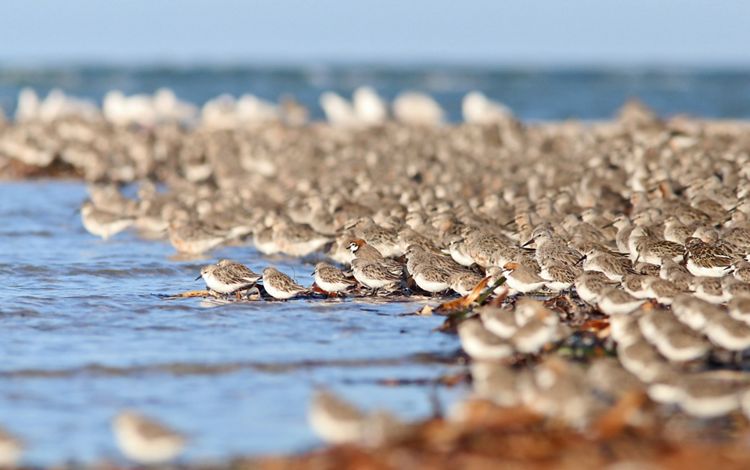
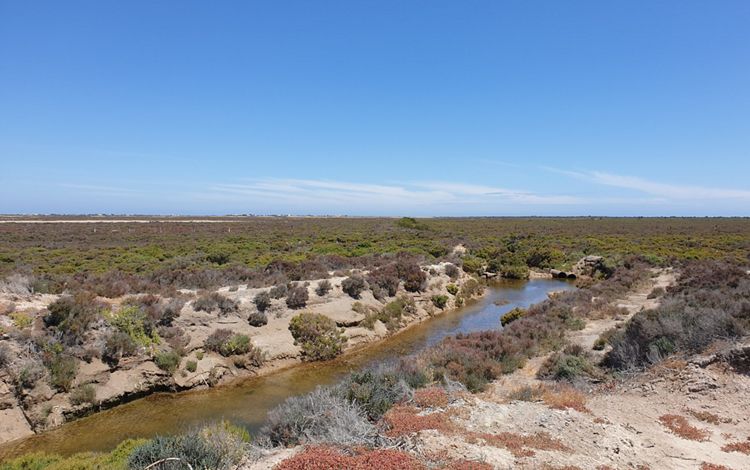
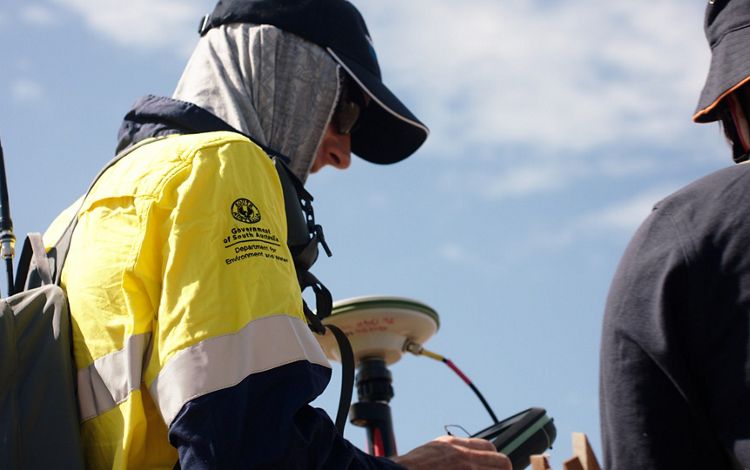
A haven for shorebirds
The Webb Beach site adjoins the Adelaide International Bird Sanctuary National Park - Winaityinaityi Pangkara, a critically important habitat for many Australian and migratory shorebirds.
Around 15,000 shorebirds gather at the Bird Sanctuary each year before migrating to breeding grounds in China, Siberia and East Asia. Expanding this habitat will strengthen global conservation efforts along one of the world’s three great migratory bird flight paths.
The area supports the iconic migratory birds such as the Eastern Curlew, Bar-tailed Godwit and Great Knot. The Bird Sanctuary also provides habitat for important birds like the Elegant Parrot and Gulf St Vincent Slender-billed Thornbill.

This partnership with Smartgroup is an important step towards a collaborative approach that will be necessary to stem the ongoing impact of climate change across Australia.
The Nature Conservancy is at the forefront of blue carbon science in Australia.
Read more:
- The Blue Carbon Opportunity - harnessing the powerful carbon capture abilities of coastal wetlands to fight climate change.
- A smart way forward for blue carbon in South Australia - the Adelaide coastal wetlands restoration project
- The South Australian Blue Carbon Ecosystem Restoration Project
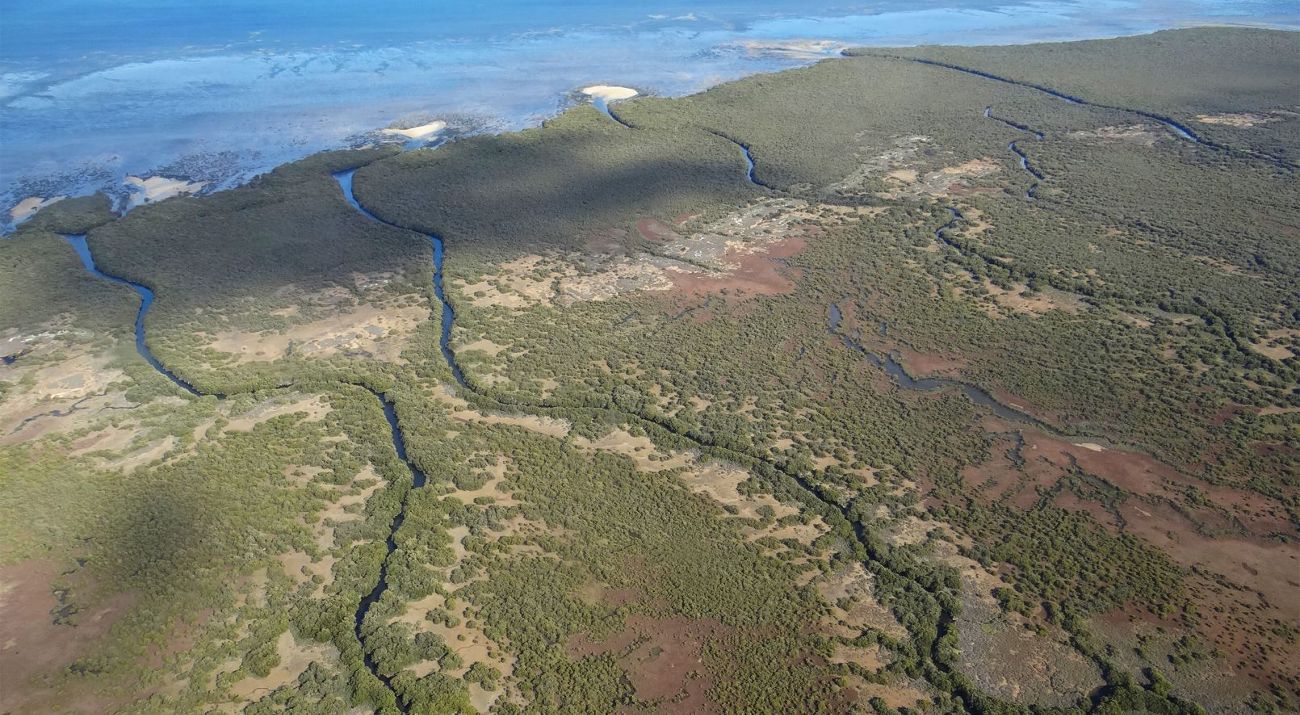
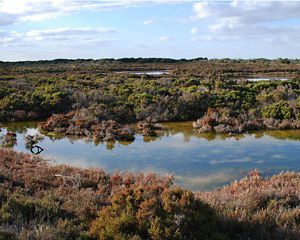

.JPG?crop=333%2C0%2C3333%2C2667&wid=300&hei=240&scl=11.1125)